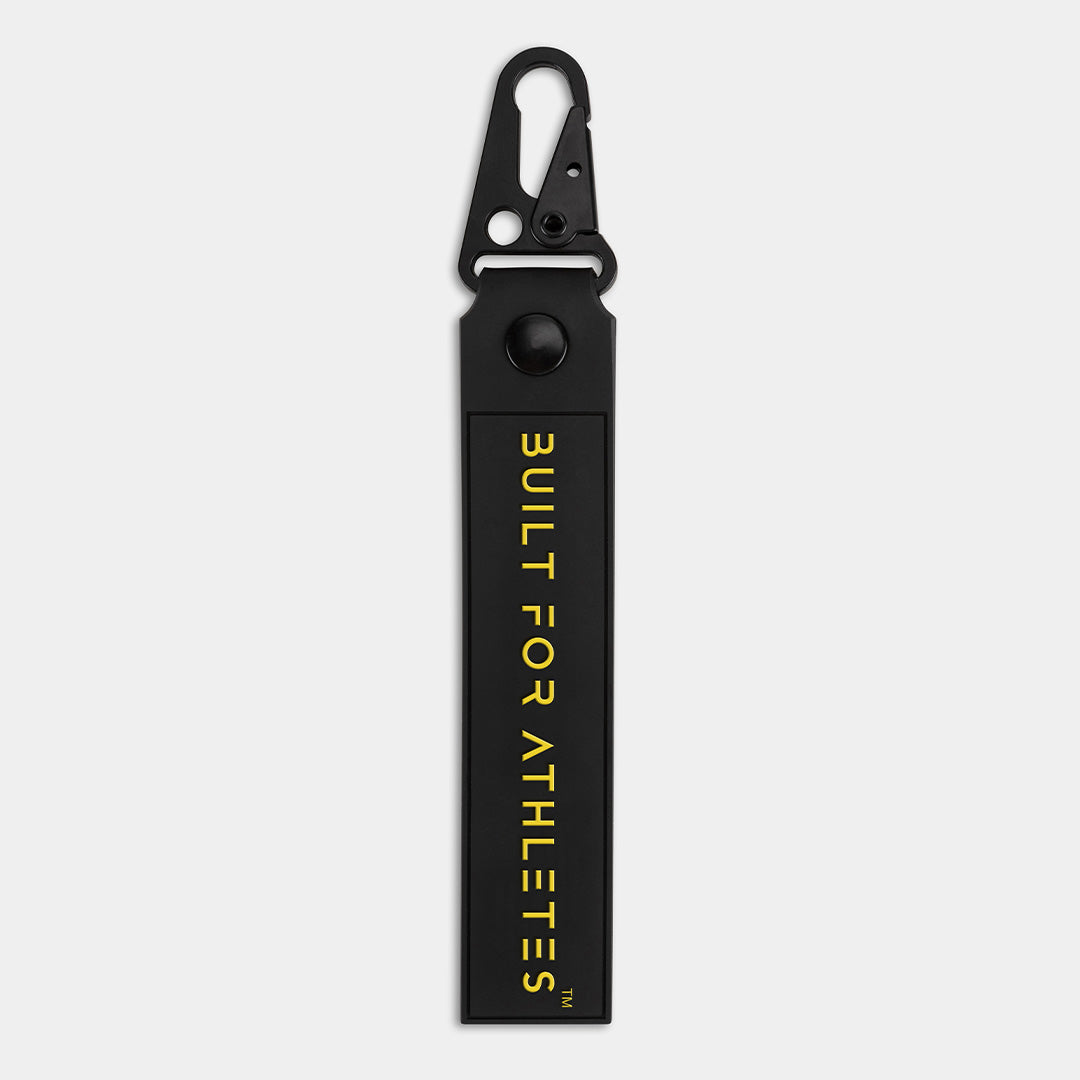Muscle soreness, also known as DOMS (Delayed Onset Muscle Soreness), can really hold back your performance if left untreated for too long.
When left unchecked, soreness can dramatically reduce strength gains, slow your speed, and lower your ability to generate explosive power. This is not a habit of performance that you want to get into, that’s why it's in your best interest to tackle muscle soreness head-on using a well-rounded approach.
Here’s a four-step strategy to help you manage muscle soreness like a pro:
Step 1: Prioritise Protein
Recovery starts with proper protein intake. While everyone’s needs differ, a good starting point is 1.6g of protein per kg of body weight, with some athletes needing up to 2g per kg.
This protein will provide the necessary amino acids to speed up muscle recovery. Though many nutritionists emphasise total daily intake, we believe that timing matters too, especially for optimising recovery (and who doesn’t want that?).
- Spread your protein intake evenly throughout the day—every 3-5 hours. Aim for 25-30g of protein per meal to ensure muscle protein synthesis (MPS) is heightened throughout the day – keeping MPS elevated is advantageous when muscle building or repair is the goal.
- Have a post-workout shake within 20 minutes of finishing your session. This quick hit of protein jumpstarts the recovery process, supporting muscle repair and reducing soreness.
Step 2: Magnesium Salt Bath
Cold water therapy is trending right now, and ice baths can work wonders for reducing inflammation and muscle soreness, especially when coupled with a sauna. But if you don't have access to an ice bath, soaking in a magnesium salt bath is a great alternative.
Magnesium salts absorbed through your skin help your muscles relax and assist the central nervous system (CNS) in recovery. Plus, the heat from the bath boosts blood flow to your muscles, further promoting relaxation and recovery.
Step 3: Hydrate, Hydrate, Hydrate
Dehydration is the enemy of recovery and can make muscle soreness worse. When you're dehydrated:
- Cellular waste, which is inflammatory, doesn’t flush out as efficiently, prolonging muscle soreness.
- Nutrients aren't distributed as effectively, delaying the recovery process.
To stay ahead of soreness, aim for at least 3-4 litres of water a day, and don’t forget to add electrolytes to maintain optimal hydration.
Step 4: Keep Moving
Light movement, like walking, helps reduce muscle soreness by increasing blood flow. This movement helps flush out toxins and aids in better nutrient absorption.
Bonus Step: Sleep
Beyond all the recovery tools and supplements, sleep remains one of the most critical factors in recovery. Deep, restorative sleep allows your body to release growth hormone, which repairs muscle tissue and promotes muscle growth. So don’t underestimate the power of a good night’s sleep!























Teilen Sie:
#WOTW: JK Series
The Post-Workout Window Explained